Sports Concussions: What Exactly Are They and How Can PT help?
What is a Concussion?
If you’re an athlete, there is a high chance you or someone you know has experienced a concussion. So, what is a concussion? Characterized as a mild traumatic brain injury, it’s a complex injury caused by a forceful impact to the head or body, causing the brain to move rapidly within the skull.
Signs and Symptoms
Primary Signs: Headache, Nausea or Vomiting, Dizziness or Balance Issues, Visual disturbances, Sensitivity to light or noise, Temporary motor loss, and or/ Involuntary movement
Secondary Signs: Cognitive Issues (memory, concentration, etc.), Emotional changes, Sleep disturbances, General fatigue
Common MOI and Importance of Diagnosis and Treatment
Sports concussions are most often caused by direct impact like a head-to-head hit in football, a head to ground contact in soccer, or a knockout punch in boxing. Sports concussions can also be caused by acceleration-deceleration injuries, which occur commonly with a significant hit to the body causing whiplash of the neck, forcefully accelerating the brain from one side of the skull to the other, contacting the skull and decelerating.
Because concussions are brain injuries, early diagnosis and treatment is very important. Often times in sports, the initial on-field care and evaluation will be completed by a Certified Athletic Trainer, but may also be completed by a Sports MD/DO, Sports DPT. If no health care professional was attending the match, it is important for athletes, parents, and coaches to be able to identify signs and symptoms of concussion to send to the appropriate provider in a timely manner.
Fast Facts
According to UPMC Center for Sports Concussion Research, between 1.7 and 3.0 million concussions will occur this year, with about 50% of them going unreported or undetected.
The sports with the most concussions are: American Football, Ice Hockey, Rugby, Soccer, and Basketball
Athletes between the age of 13-24, are at increased risk for 2nd impact syndrome and post-concussion syndrome. 2nd impact syndrome is when there is another impact to the head while recovering (but not fully recovered) from the 1st impact (concussion). This can lead to very serous complications and points to the importance of early and proper treatment of the first impact. Post concussion syndrome is when the symptoms of concussion continue for prolonged periods of time, up to 12 months in serious cases.
Assessment by a Physical Therapist:
Subjective interview
Here, your Physical Therapist will ask you questions to get a full understanding of how your concussion occurred, to help guide education, prognosis, and diagnosis symptomology. This will include questions about how the injury happened, what you are currently feeling, a verbal screening of red flags and other pains experienced from the injury outside of the head and neck. Collecting all the pieces of the puzzle, to get a clear picture of what is going on, and how we can get you back in the game!
Comprehensive screening of all body systems
Because concussions cause inflammation to the brain (the control center of the body), a detailed screening of all body systems is required to ensure the safe rehabilitation of the athlete. Here your PT will screen all involved systems, to ensure you get the best care. This may involve a team approach and getting evaluated and treated by other members of the team such as sports medicine physician, cardiologist, and others.
Objective/Functional Testing
What’s next? Your physical therapist will take a hands on look at your impairments, how your moving, and using the information collected to compare to your baseline data (if applicable). Testing will also involve functional testing, not just physical but also cognitive with standardized exams such as the SCAT6. After all the information is collected, a personalized plan of care will be created an implemented, to get you back in the game as quickly and safely as possible!
Treatment of concussion by a physical therapist:
What does concussion rehab look like?
Early on, it is relatively rest and recovery. This includes doing activities that limit the presence of symptoms, while limited exposure to things that bother you the most.
Gradually, when symptoms begin to subside, we will move into early activity and light cardiovascular exercise. This helps with circulating oxygenated blood to the brain, allowing for the optimal healing environment.
Next stage will include training of the vestibular ocular reflex system or VOR. This is your body’s ability to use visual input to control it’s movement, balance, and coordination. This will allow for progression into light resistance training, and eventually into return to participation exercises, returning to normal load and activity.
After clearing a series of tests, along with the expert judgement of your PT and healthcare teammates, you will progress into return to play. If you play a contact sport, this will start with non-contact practice, then contact, and then full return to play. Return to play is a very step wise process, with an emphasis on full recovery prior to return to play, to ensure prevention of post-concussion syndrome or 2nd impact syndrome. You will then be cleared, with a warm hand off to your coach/strength coach to continue to progress your performance.
Why Concussion Rehab at Trifecta?
Here at Trifecta, we take pride in staying educated and up to date with all the latest research and resources available regarding sports concussion. All evaluations are 1-on-1 for a full hour, which really ensures you are receiving the most through subjective and objective evaluation. This also allows for time for the physical therapist to answer any and all of your questions and concerns. Your plan of care will ALWAYS be tailored to your needs, your sport, and your goals. We are truly here for you, and the experience you will have at Trifecta will match that!
By: Tommy Wyatt, SPT




